Amefuri otsukisan
Amefuri otsukisan kumo no kage
Oyome ni yuku tokya dare to yuku
Hitori de karakasa sashite yuku
Karakasa nai tokya dare to yuku
Shara shara shan shan suzu tsuketa
Ouma ni yurarete yurete yukuIsoganya oumayo yoga akeyo
Tazuna no shitakara choi to mitarya
Osode de okao wo kakushi teru
Osode wa nurete mo hosha kawaku
Amefuri otsukisan kumo no kage
Ouma ni yurarete yurete yukuLyricist:NOGUCHI Ujyou
Composer:NAKAYAMA Shimpei
in 1925
Moon on a rainy day
It’s raining and the moon is hiding in the shadow of the cloud
Who do you go with when you are married?
I will hold an umbrella by myself alone
Who do you go with when there is no umbrella?
A bell ringing with sharashala shanshan
I am swayed by such a horse
Horse, dawn, the night is over
I looked a little under the reins
Then She is hiding her face with her sleeves
Even if the sleeve gets wet, it will dry if it is held up to the sun
It rains and the moon is still a shadow of clouds
I am swayed by such a horse

Amefuri Otsukisan — What Makes Japan’s Rainy Season So Special?
“Amefuri Otsukisan” perfectly captures the essence of Japan’s unique rainy season called “Tsuyu” (梅雨) or “Baiu” (梅雨)—both readings refer to the same phenomenon that occurs from June to early July. This is Japan’s wettest time of year, marking the beginning of the hot and humid summer that defines the country’s climate. Unlike sudden downpours in other regions, Tsuyu brings prolonged, gentle rains that seem to envelope the entire landscape in a misty, dreamlike atmosphere.
The song’s haunting melody and evocative imagery transport listeners directly into this season of perpetual drizzle, where clouds hide the moon and create an almost mystical setting. It’s during this time that Japan transforms—hydrangeas bloom in vibrant purples and blues, rice paddies shimmer with fresh water, and the air itself seems to carry stories of old.
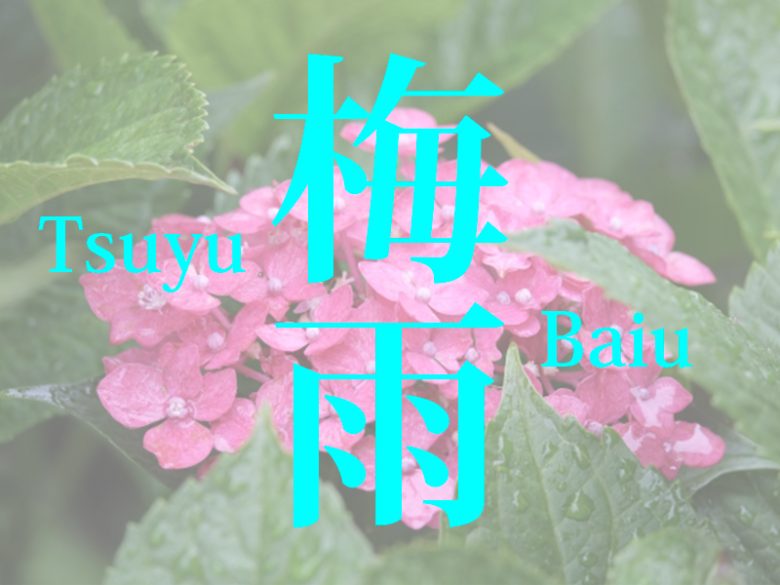
tsuyu? baiu?
Why Does She Journey Alone on This Rainy Night?
The song tells the mysterious tale of a woman traveling alone to her wedding on a cloudy night when the moon remains hidden behind thick clouds. But why does she make this important journey by herself? The lyrics don’t reveal the full story, leaving listeners to imagine the circumstances. Yet rather than depicting this as a tragic tale, the beautiful melody suggests a story of quiet determination and acceptance.
This solitary journey speaks to something deeper about human resilience. The woman in the song isn’t portrayed as a victim of circumstance, but rather as someone who has found her own strength within the constraints of her time. The gentle, flowing melody mirrors the steady rain—persistent, inevitable, yet somehow comforting in its constancy.
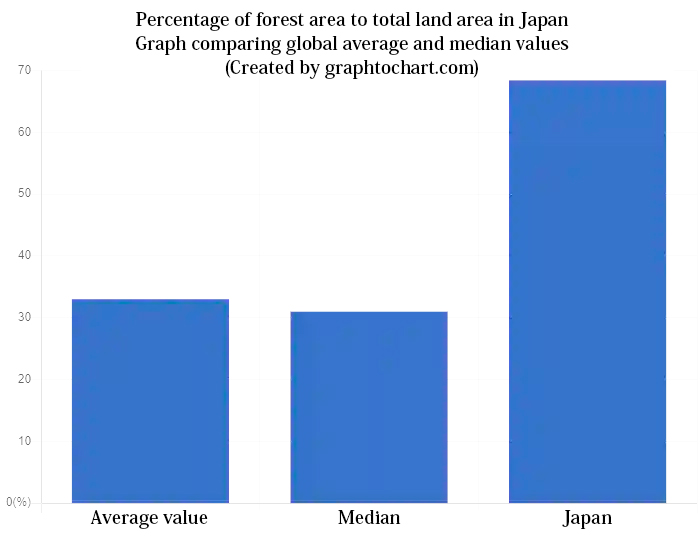
※Source:worldbank.org (CC BY 4.0)
How Did Marriage Work in Old Japan?
To understand this song’s deeper meaning, we need to look at historical context. In old Japan, it was common for women to marry into families where they’d never met their future husbands. With about 70% of the country covered in forests and limited agricultural land, it wasn’t unusual for brides to travel over mountains to neighboring villages for arranged marriages.
The Japanese character for “bride” (嫁) beautifully illustrates this reality—it combines the characters for “woman” (女) and “house” (家), literally meaning “woman of the house.” Marriage was primarily seen as a union between households rather than individuals. In an agricultural society, the emphasis was on securing labor and ensuring the continuation of family lines through children. While this might seem harsh by today’s standards, it was the foundation upon which most families were built.
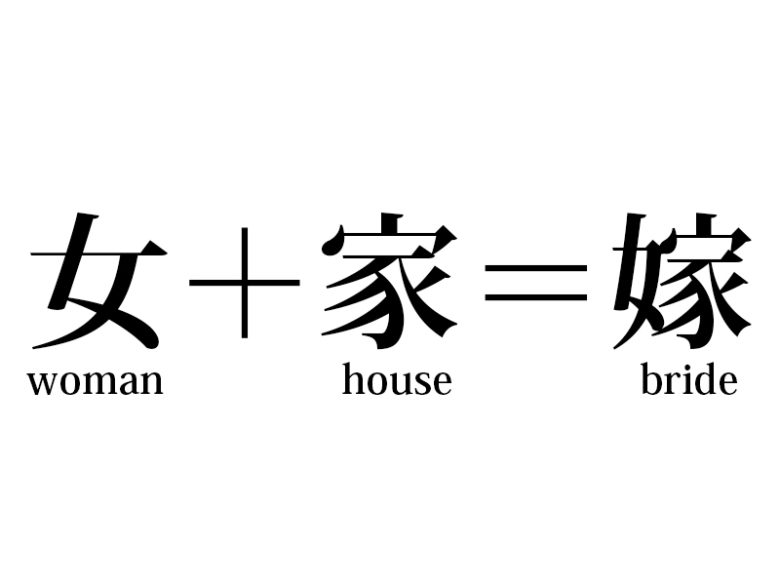
How Did Two Songs Become One Masterpiece?
Here’s a fascinating detail about this beloved song: it wasn’t originally written as a single piece! “Amefuri Otsukisan” began as two separate songs. The first, with its memorable opening about rain and the moon, was so well-received that a sequel called “Kumo no Kage” (Shadow of the Clouds) was created to continue the story.
When it came time to record the songs, composer NAKAYAMA Shimpei made the brilliant suggestion to combine both pieces into one cohesive work. This creative decision transformed two good songs into one masterpiece that flows seamlessly from the woman’s departure into the rainy night through to her journey’s end. The combined version creates a more complete narrative arc while maintaining the mysterious, contemplative mood that makes the song so captivating.
Today, this combined version continues to be cherished and has earned its place among the “100 Best Japanese Songs.” It stands as a testament to how sometimes the most profound stories emerge not from dramatic tragedy, but from quiet moments of human strength and the gentle persistence of rain on a summer night.

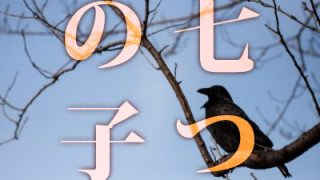

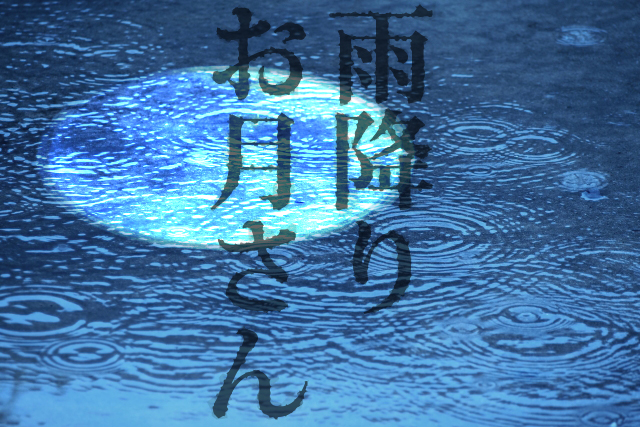

コメント